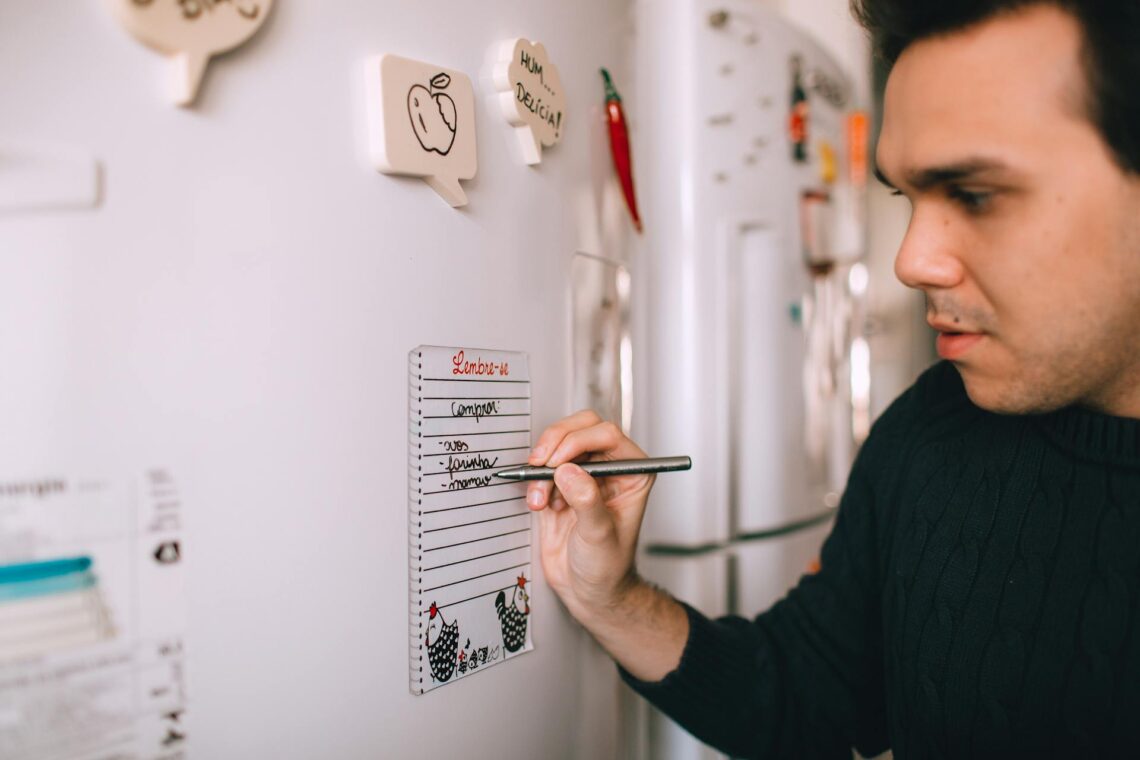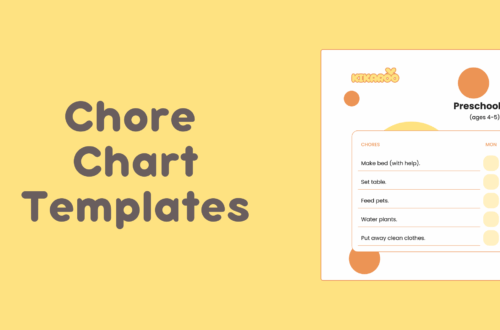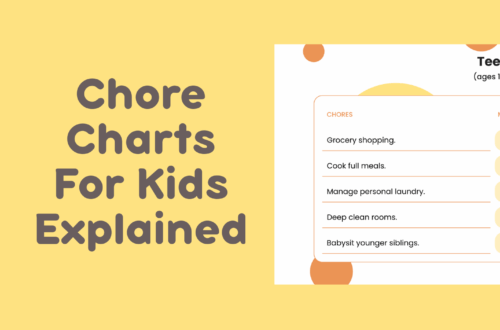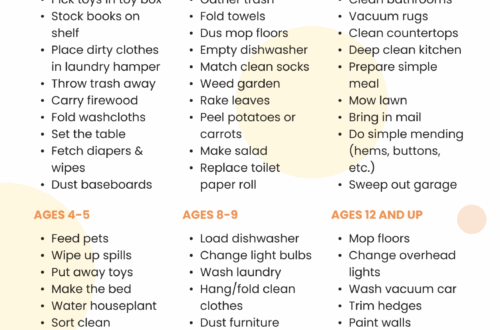Introduction: Why Chore Charts Work (When Nothing Else Does)
Every parent has said it: “I’m tired of nagging about chores.” Kids resist, parents repeat themselves, and the cycle never ends. But there’s one method that consistently works – chore charts.
Chore charts aren’t just about keeping track of tasks. They:
- Give kids a visual reminder of what’s expected.
- Make progress tangible and rewarding.
- Turn daily responsibilities into habits instead of battles.
From printable charts on the fridge to apps that track progress automatically, chore tools have evolved. In this guide, we’ll cover every type of chore chart and tool, how to choose the right one for your family, and how to assign age-appropriate chores for kids that build responsibility.
👉 Shortcut: [Download our free printable chore chart bundle (ages 2-18)] and get started today.
1. Why Families Struggle With Chores
- Lack of consistency → Kids forget, parents give up.
- No accountability → “Did you really do it?” becomes a fight.
- Boring routines → Paper charts lose novelty after a week.
- Mismatch by age → A preschooler’s chart looks different from a teenager’s.
That’s why tools matter – the right chart or tracker solves these problems by matching kids’ age, motivation, and learning style.
2. Types of Chore Charts (and How They Work)
Paper & Printable Charts
- Pros: Simple, cheap, visual for young kids.
- Cons: Get lost, ignored, or messy over time.
- Best for: Toddlers and preschoolers. 👉 Example: Weekly sticker charts for toy cleanup.
Magnetic & Dry-Erase Boards
- Pros: Reusable, interactive, fun for elementary kids.
- Cons: Limited customization, bulky.
- Best for: Families with multiple children. 👉 Example: Magnetic responsibility boards with star magnets.
Editable & Customizable Printables
- Pros: Can be tailored to each child.
- Cons: Still paper-based, needs reprinting.
- Best for: Parents who love DIY organization.
Digital Chore Trackers & Apps
- Pros: Automatic reminders, built-in rewards, progress tracking.
- Cons: Requires devices, some kids lose novelty if not gamified.
- Best for: Long-term consistency across all ages. 👉 Example: The Kikaroo chore tracker app for kids (built specifically to help parents assign chores by age, track progress automatically, and keep kids motivated).”
3. How to Choose the Right Chore Tool for Your Family
- Match age with format:
- Toddlers → simple visuals & stickers.
- Kids → interactive boards & routine charts.
- Teens → digital apps that mimic adult task management.
- Factor in family size:
- One child? → Printable works fine.
- Multiple kids? → Shared board or app keeps it fair.
- Consider motivation:
- Younger kids → Stickers & visual rewards.
- Older kids → Points, privileges, and app-based tracking.
4. Printable Chore Chart Bundle (Free Download)
We’ve created a bundle of printable chore charts for every age group (2-18 years). These include:
- Toddler sticker charts
- Preschool routine charts
- Elementary responsibility charts
- Teen checklists
👉 [Download your free printable chore chart bundle now]
Stick it on your fridge, and you’ll see instant improvements.
5. Why Digital Chore Trackers Are the Future
Paper is a good start. But the truth is, most charts fail after a few weeks. Parents forget to update, kids lose interest, and suddenly you’re back to nagging.
With the Kikaroo app:
- Assign chores instantly with age-based templates.
- Set reminders so kids never “forget.”
- Track streaks and progress without reprinting charts.
- Reward kids with points, perks, or allowances.
💡 Think of it as a digital chore chart app for families that never wears out – and grows with your child.
6. Common Mistakes With Chore Charts
- Inconsistency → If you don’t check charts daily, kids won’t either.
- Too many chores → Overload = rebellion.
- Using chores as punishment → Turns responsibility into resentment.
- Not evolving tools → A chart that works for a 4-year-old won’t work for a 14-year-old.
7. FAQs About Chore Charts
What’s the best age to start a chore chart?
As early as 2-3 years old. Toddlers respond well to visual stickers.
Should kids get rewards for chores?
Small rewards help, especially for younger kids. For older ones, focus on responsibility + privileges.
Do digital chore apps actually work?
Yes – if they’re designed with kids in mind. Tools like Kikaroo gamify chores and keep consistency long-term.
Conclusion: Find the Tool, Build the Habit
Chore charts aren’t just about keeping your home clean – they’re about raising responsible, independent kids. Whether you start with paper printables or jump straight to digital, the key is consistency.
👉 Start today: Download your free printable chore chart bundle or make the leap to the Kikaroo digital chore chart app for automatic tracking and rewards.
The best tool is the one your family will actually use.

 Home
Home Features
Features Testimonials
Testimonials Downloads
Downloads FAQ
FAQ Blog
Blog








